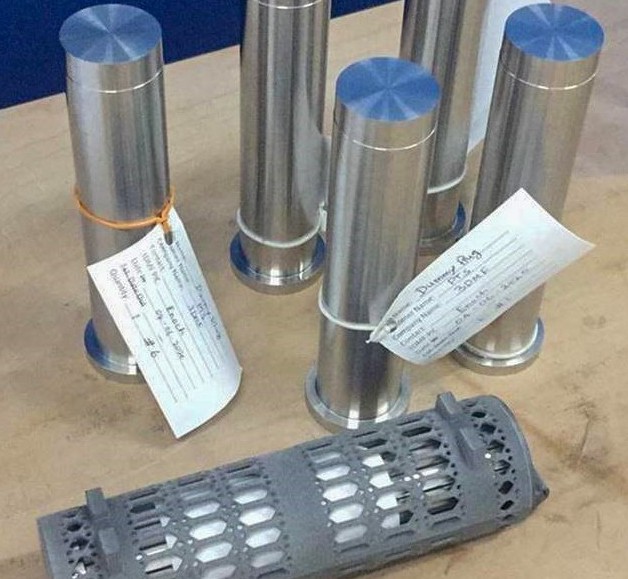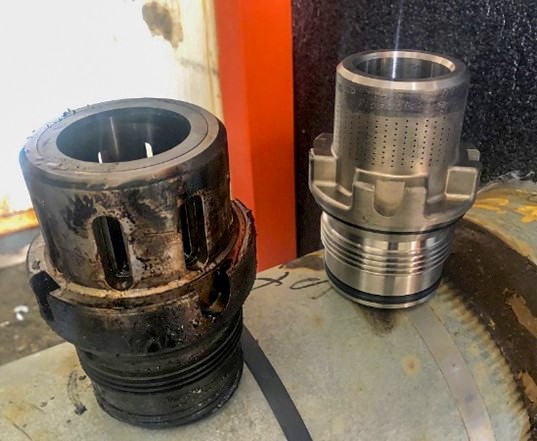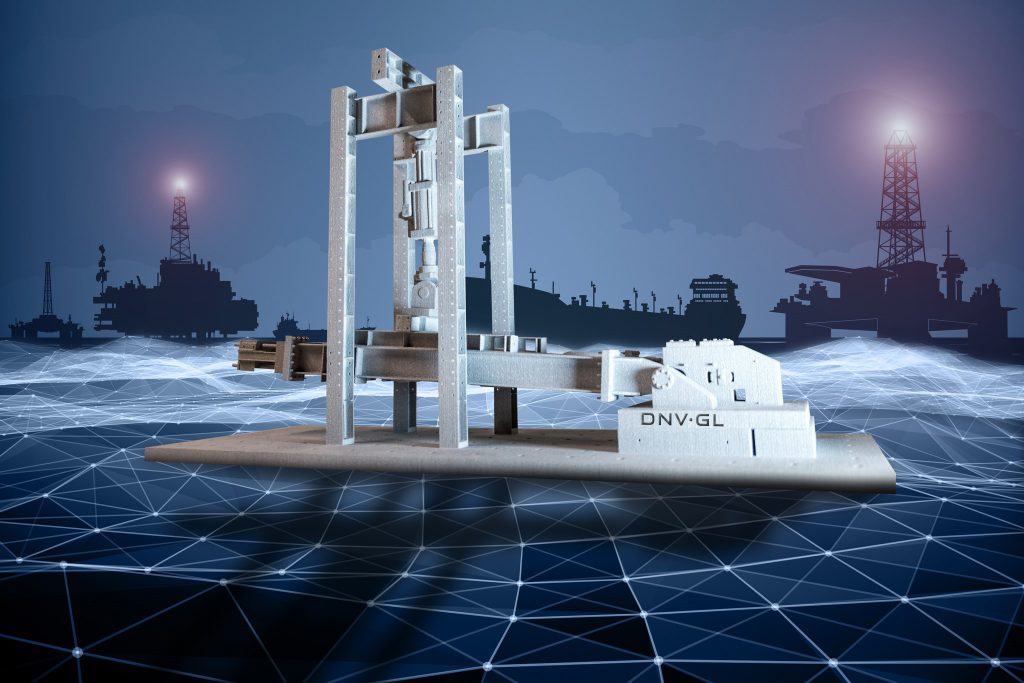Oil and gas mining multinational ConocoPhillips has revealed that it’s currently trialing 3D printing as a way of overcoming supply chain problems at its Kuparuk oilfield in Alaska.
Naturally, given that the facility is forty years old, parts such as the burner plugs found in the gas turbines there have begun to wear, but as the firm has gone to replace them, it has struggled as they’ve been discontinued. Even if ConocoPhillips could find spares, shipping them to such a remote area would be difficult, hence it has begun rapidly 3D printing its own performance-optimized parts instead.
“So, you’re taking something that would traditionally be a thirty-week thing down to a two-to-three-week thing,” explains Curt Andersen, an Instrument, Control and Electrical Engineering Supervisor for ConocoPhillips’ Alaska business unit. “And so far, the printed plugs are working fantastic. They’re performing as good, if not better, than our conventionally made plugs.”

Addressing oilfield supply challenges
Based in Houston’s energy corridor, ConocoPhillips specializes in hydrocarbon exploration and production, and it currently claims to be Alaska’s largest crude oil producer. In order to make this possible, and “maximize its production from existing resources,” the firm says that behind the scenes it attempts to drive “ingenuity, technology and investment” across its business.
One way that ConocoPhillips seeks to stay ahead of the curve is by establishing strategic partnerships with those developing technologies that could aid its business goals. As part of its Energy Technology Ventures project, a joint initiative with GE and NRG Energy, for instance, the company says it has conducted a number of industry-first field trials that could provide it with “strategic advantages.”
Now, as part of its burner plug initiative, ConocoPhillips appears to have taken this adoption of advanced tech a step further, by turning to on-site 3D printing to replace them. The part itself isn’t made anymore, thus when it eventually succumbs to heat erosion through usage, new ones need to be produced from scratch and shipped out, thus they can take over a year to reach the firm’s Alaskan facility.
Given that this lead time has clear business disruption implications, ConocoPhillips’ Alaskan and Global Production teams have started to 3D print spares from Inconel 718 instead. In doing so, the company has not just managed to introduce replacements with upgraded pressure and temperature-resistance properties, but resolve many of its queries about the technology and assess its end-performance.
“This was an opportunity for us to trial something that had a lot of potential advantages to it, and also use this as data for the rest of the company,” adds Andersen. “For us, this is a new method of manufacturing that comes with a lot of questions, such as what does the part look like when we put it in service? How does it act? Does it act like another piece of metal that was rolled, forged or cast?”

Optimizing oilfield well injection
Following the success of its initial burner plug project, ConocoPhillips has also begun working with an unnamed OEM and 3D printing firm, to produce additive manufactured parts for use in other areas of its operations. In particular, the company has identified the need to replace many of its choke cage valves, devices which are deployed to control water flow within oilfield injection wells.
Similarly to its gas turbine burner plugs, these parts have now been obsoleted by the OEM that made them, leading ConocoPhillips to retrofit its existing valves with 3D printed cages. This approach is said to have extended the life of the firm’s choke cage valves and enabled it to put off the process of having to order new spares, ultimately helping to reduce its costs and improve its injection well uptime.
Moving forwards, Andersen says that 3D printing could offer ConocoPhillips further lead time and warehousing benefits, yet there are limitations preventing these from being realized in practice. On the one hand, additive manufacturing spares requires substantial parameter validation, while on the other, the patent protection over its burner plugs may have run out, but IP could become a barrier to future initiatives.
“We need a good bit of information to execute a successful and legal print,” concludes Andersen. “Part information like metallurgy and service conditions, a design drawing/3D model that is either not controlled under intellectual property or can be used with permission, and a manufacturer that can meet the need.”

3D printing’s oil and gas potential
As the number of oil and gas firms turning to 3D printing to produce their spares in-house continues to rise, there’s also been an increased push to standardize the process of doing so. DNV GL has been one of those at the forefront of this effort, and since launching its first classification guideline for oil, gas and maritime 3D printing in 2017, it has published a service specification document to support users.
Over in Brazil, meanwhile, Carl Zeiss (ZEISS) has begun working with SENAI and Petróleo Brasileiro (Petrobras) to advance the use of metal 3D printing in the country’s oil and gas industry. During the remaining year or so of the the firms’ initiative, they intend to develop and validate new methodologies and process parameters for producing end-use parts.
The American Petroleum Institute (API) has also committed a significant amount of time and resources to advancing the adoption of 3D printing among its members. With this in mind, the organization introduced ‘Standard (Std) 20S’ late last year, a three-tiered criteria, which sets out the technical, quality and qualification requirements for 3D printing rig parts with the properties for end-deployment.
To stay up to date with the latest 3D printing news, don’t forget to subscribe to the 3D Printing Industry newsletter or follow us on Twitter or liking our page on Facebook.
For a deeper dive into additive manufacturing, you can now subscribe to our Youtube channel, featuring discussion, debriefs, and shots of 3D printing in-action.
Are you looking for a job in the additive manufacturing industry? Visit 3D Printing Jobs for a selection of roles in the industry.
Featured image shows ConocoPhillips’ 3D printed burner plugs and shipping cages. Image via spiritnow, ConocoPhillips.


